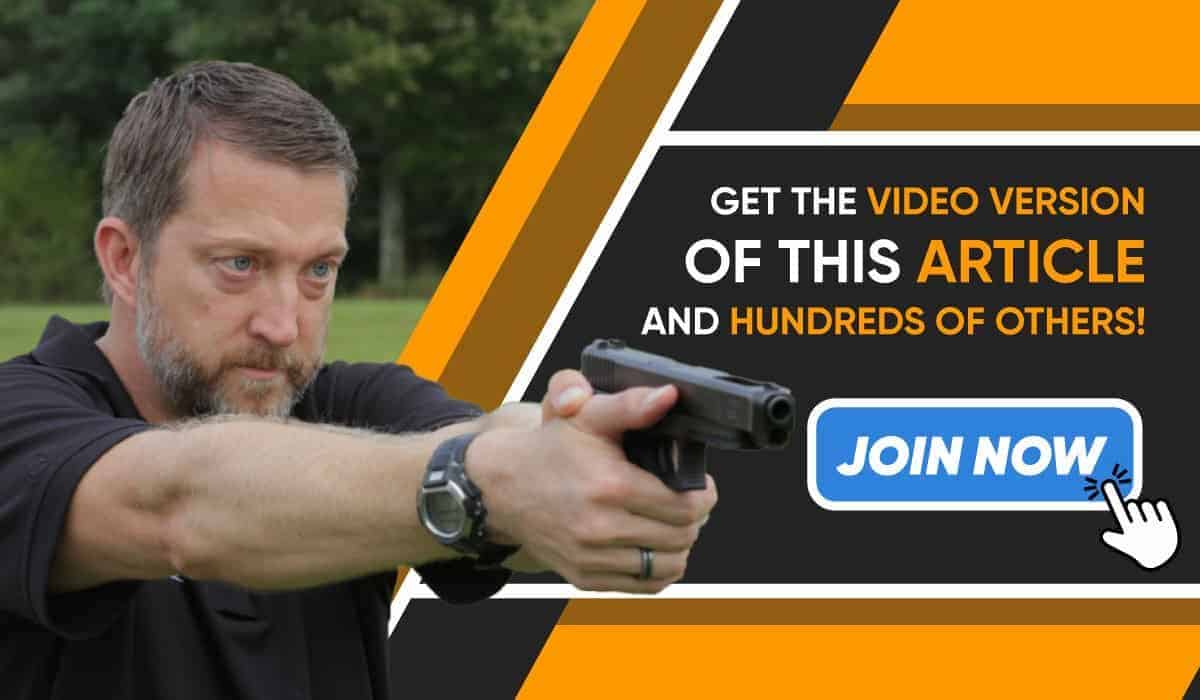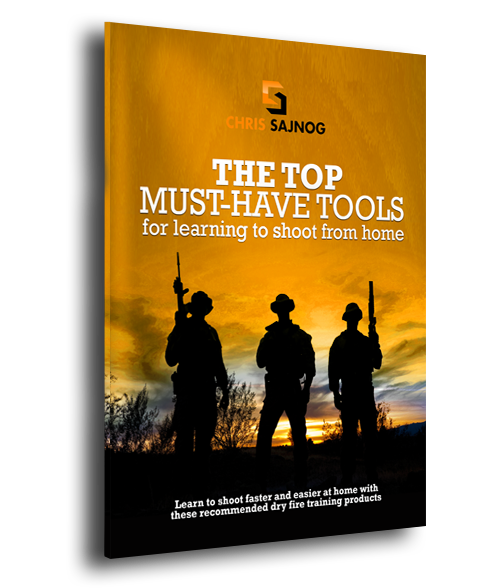Shooting Vision: Essential Eye Care Tips For Firearm Shooters
Hey, what’s up everybody, In this post, I’ll discuss the crucial topic of shooting vision and provide essential eye care tips for firearm enthusiasts. Let’s go ahead and get started.
Okay, you might have seen the “Vision and Aging” series and figured it was for old folks. To some extent, you were probably correct. Maybe you read them, and believe those vision problems are still decades away. Or perhaps you’ve begun to notice some of the problems covered in the articles. You might be wondering if you’re seeing as well as you could be, or if there’s any improvement that can be made. No matter your age, you might be asking, “So what do I do next?”
The answer is pretty simple, yet not so simple: get your eyes examined. Do you already have an eye doctor that you’ve been seeing for years? Or was the last time your vision was checked when you were in elementary school?
If you need to find an eye doctor, I recommend asking friends, family, and coworkers. Go online and look for ratings.
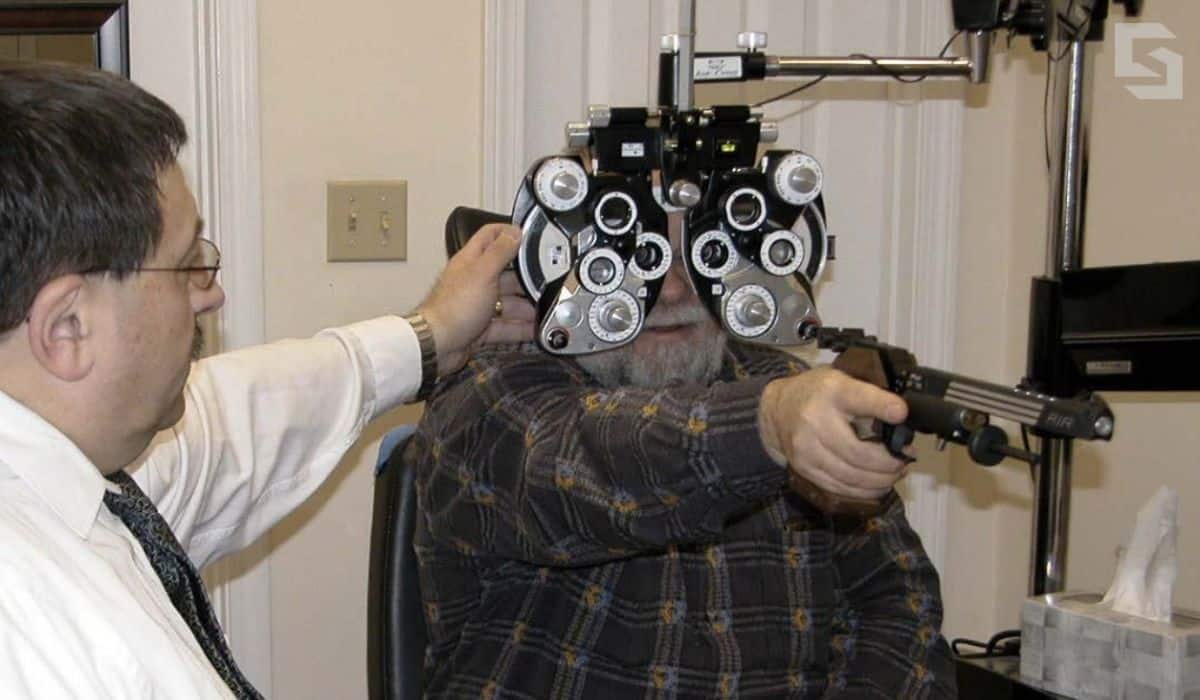
Optometrists or Ophthalmologists?
There are basically two types of doctors that can check your vision: optometrists and ophthalmologists, and I’ll explain. Optometrists go to college, generally for four years. Then they apply to a college of optometry for another four years. During this time they study basic health sciences as well as optics. They also learn how to treat visual (functional) and ocular health problems, eventually receiving an OD degree.
Since I finished (eons ago), all fifty states have permitted optometrists to prescribe some medications (the prescribing privileges vary tremendously from state to state.) I happen to be in the worst state in the nation. That’s another story, but don’t worry – I won’t be getting up on my soapbox.)
Ophthalmologists do four years of undergraduate college, then four years of medical school, including an internship. At this point, they are similar to any other medical doctor (MD). This is followed by a surgical residency in ophthalmology. They learn to treat medical eye problems, as well as to perform eye surgery.
In many areas optometrists and ophthalmologists work in conjunction with each other. Usually, the ODs do most of the primary care, and the MDs concentrate on surgery. Indeed there are eye surgeons who even sub-specialize, e.g. retina specialists, ocular cosmetic/plastic surgeons, and cataract surgeons. OD’s are more tuned to visual function. Visual function is how your eyes function in a particular set of circumstances – driving, working at a computer, or, in our case, shooting. MDs tend to focus more on the absence or presence of disease. I admit I’m oversimplifying here, but it’s not the main point of this article.
Find an eye care professional with an interest in shooting
On the one hand, finding an eye care professional who has an interest in shooting can be a great help. They tend to be more aware of the issues that affect shooters’ vision. It can be easier to find someone with a background in working with shooters through club referrals or a newsletter on shooting.
One caveat, though some healthcare providers have been asking their patients if they have a firearm in the house. Their motive may be less about helping to improve your shooting, and more to do with an anti-2A agenda. Once this information becomes part of your medical record, it can create problems.

The Eye Exam
History: explain any difficulties you are having that relate to shooting. Describe the visual demands you experience (whether you’re using a scope, open sights, dot sight, etc.). Mention the distances involved (e.g. distance to front sight, which you can have a friend measure for you). Tell your doctor how your current prescription (if you wear one) allows you to see at those distances. Describe any other visual symptoms – blur, glare, spots floating around, etc.
Visual Acuity: the sharpness of your vision will be measured, typically with a letter chart, at distance and at near (reading distance.) In addition, you can also ask to have your “front sight distance,” checked at this time. This helps during the measurement for an optical correction.
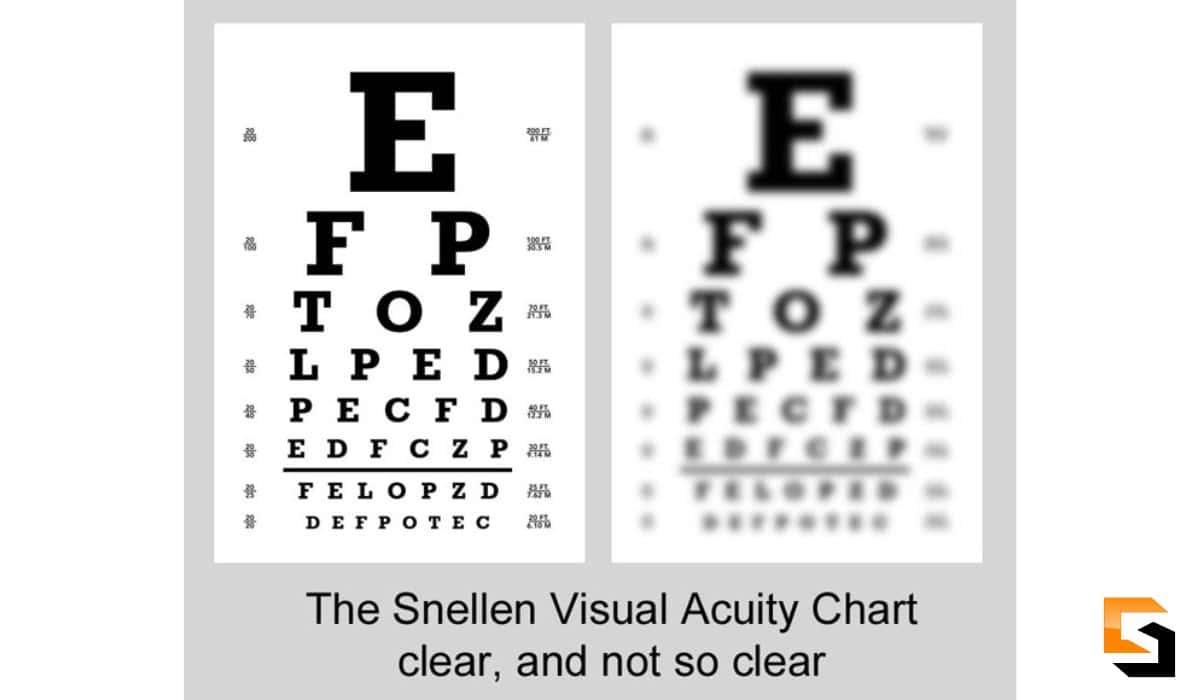
Eye movements and alignment: you will be asked to follow a penlight or other target, to see if your eyes move together. It also checks to see if you have the full extent of movement in each eye. If there is a problem here, you might see the target go double. Mention if it does.
Refraction: during this part of the exam, your eyes will be measured for any refractive error. This includes; nearsightedness, farsightedness, and astigmatism. For more info on these, see Vision and Aging Part 1 on this site. A determination will be made for the best optical correction. Measurements will typically be taken at a long distance and then at a reading distance, generally around 16 to 18 inches.
Measure the distance from the bridge of your nose to….
Next, for this shooting vision and this part of the exam, have someone measure the distance from the bridge of your nose to the front sight of the gun you typically use for shooting. Inform your examiner of this distance, and ask if a reading of the “minimum plus” for this distance can be measured. It is likely to be between +0.75 and +1.25. This can be used to make up a pair of glasses that allow the dominant eye to see the sight clearly, while not blurring the target excessively.
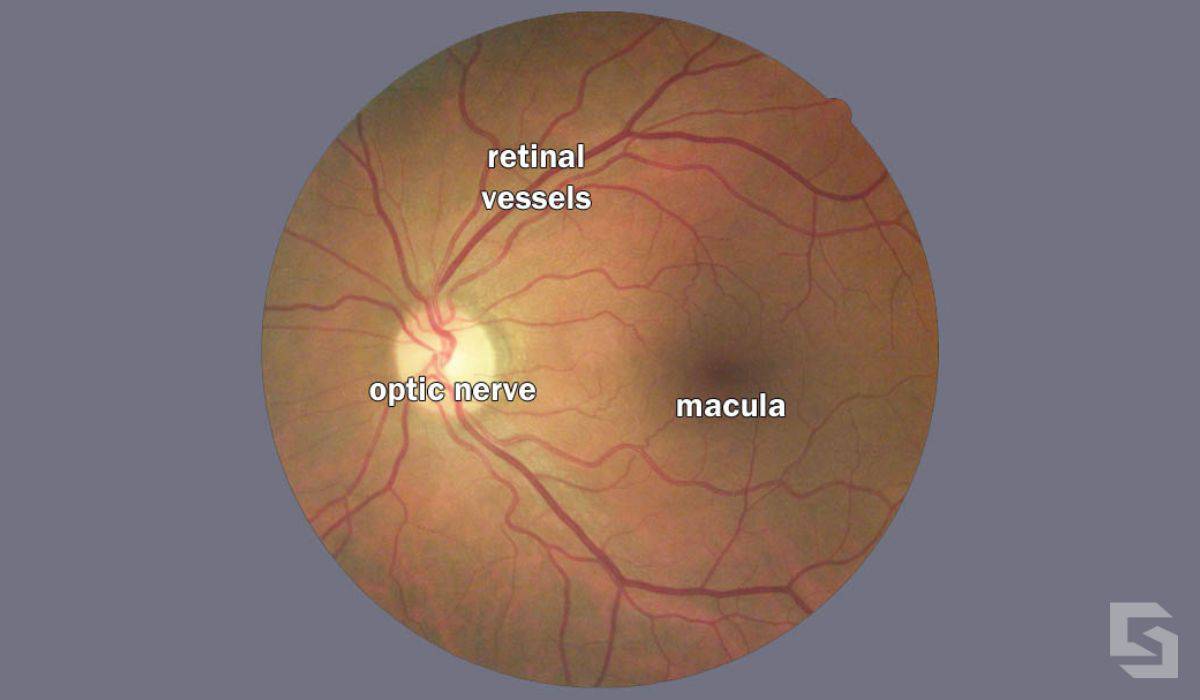
Ocular health exam: your eyes will be examined inside and out. Instruments are used that allow the doctor to view the inside of the eyes. They are looking for any problems with the retina, vessels, optic nerve, and the macula (which is the part of the retina you use when looking directly at something.) The doctor might put dilating drops in your eyes to get a better view inside. Consequently, you may experience blurry vision and light sensitivity as a result of these drops.
Due to the side effects, It is a good idea to check ahead of time whether this will be performed. If so, you might want to get someone to drive you to the exam, especially on a very bright day.
A microscope exam will be performed, to check for cataracts. Cataract is the clouding of the lens of the eye. An ocular pressure (“glaucoma test”) will be measured as well. Measuring the pressure is very important because in most cases, there are no symptoms. Especially relevant information on the age-related changes that can harm your shooting can be found in Part 2 of my Vision and Aging series.
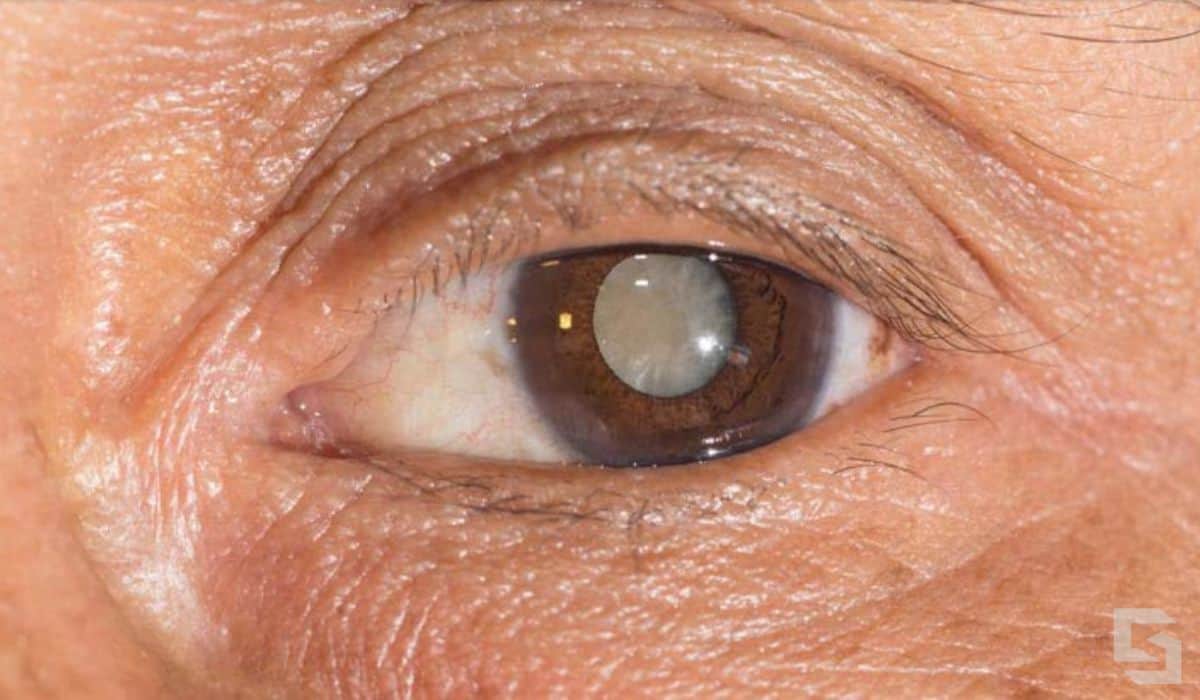

Tailored to the needs of a shooter
The basic elements of an eye exam (most specifically the measuring of an optical correction) can be tailored to the needs of a shooter. Make it known at the outset, and share the distances at which you need clear vision. The actual lens types for shooters were discussed in Part 1 of Vision and Aging. You can even bring a copy of that article when you go for your exam and to have your glasses made.
During the exam, your eyes will be checked for additional problems that could have a long-term detrimental effect on your sight.
The recommended interval for eye exams is between one and two years. Some steps can be taken to improve your vision as it relates to shooting.
As for having your glasses made, the same recommendations hold true as with the examination. Locate someone who has worked with shooters. Check with members of your club if you belong to one, or the bulletin boards at clubs or gun stores for business cards. Explain the type of shooting, and the distances to your front sight(s), as well as any issues you have with what you’re currently using. Bring a copy of Vision and Aging, Part 1.
Finally, ask for polycarbonate or Trivex lenses for maximum impact resistance (though it’s highly likely these will be recommended to you.)
In summary:
- Finding an eye doctor who has a knowledge of shooters’ visual issues, is a big help. Ask friends who shoot, and check for ads in local newsletters.
- Have a friend measure the distance from the bridge of your nose to the front sight of your favorite gun(s), and ask for “minimum plus” to correct for that distance.
In conclusion, If it’s been a while, I recommend getting your eyes examined. You’ll be doing them (and yourself) a big favor!
Robert Buonfiglio (Chris Sajnog’s Team Room handle “Eyedoc”) is an optometrist in the Boston area who has practiced for over thirty-four years and for the past seven years has had a Sports Vision Training practice, which seeks to train the shooting vision and visual skills of competitors (many sports, including shooting) with the express goal of improving performance. For more on his Sports Vision Training practice, check out his Facebook page at Eye on Performance.



